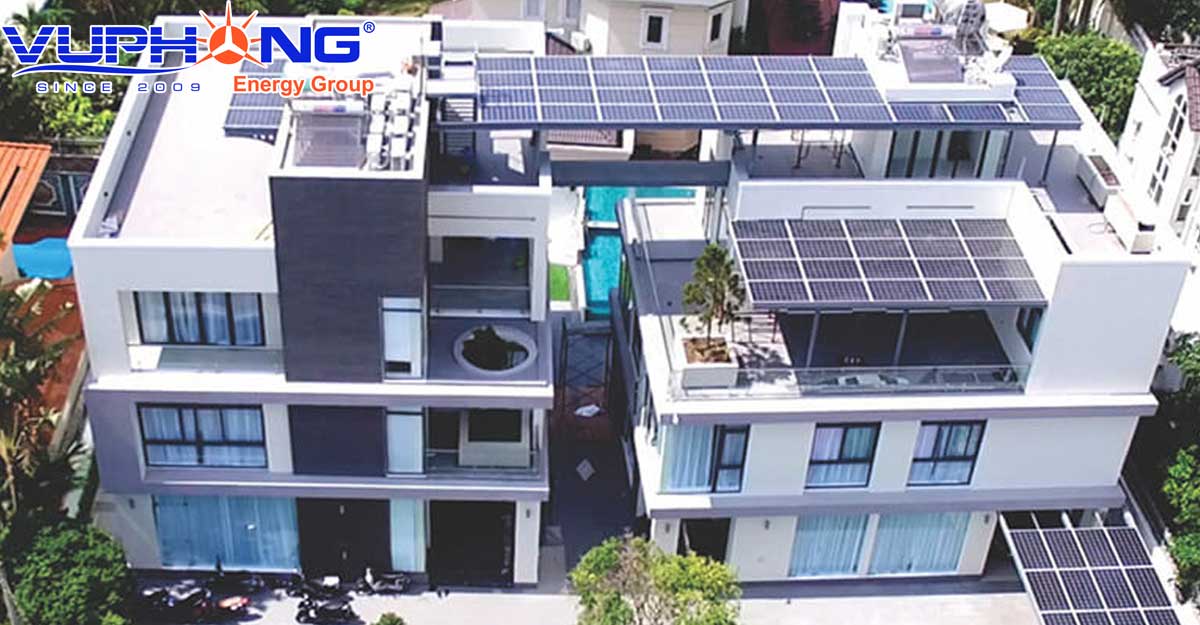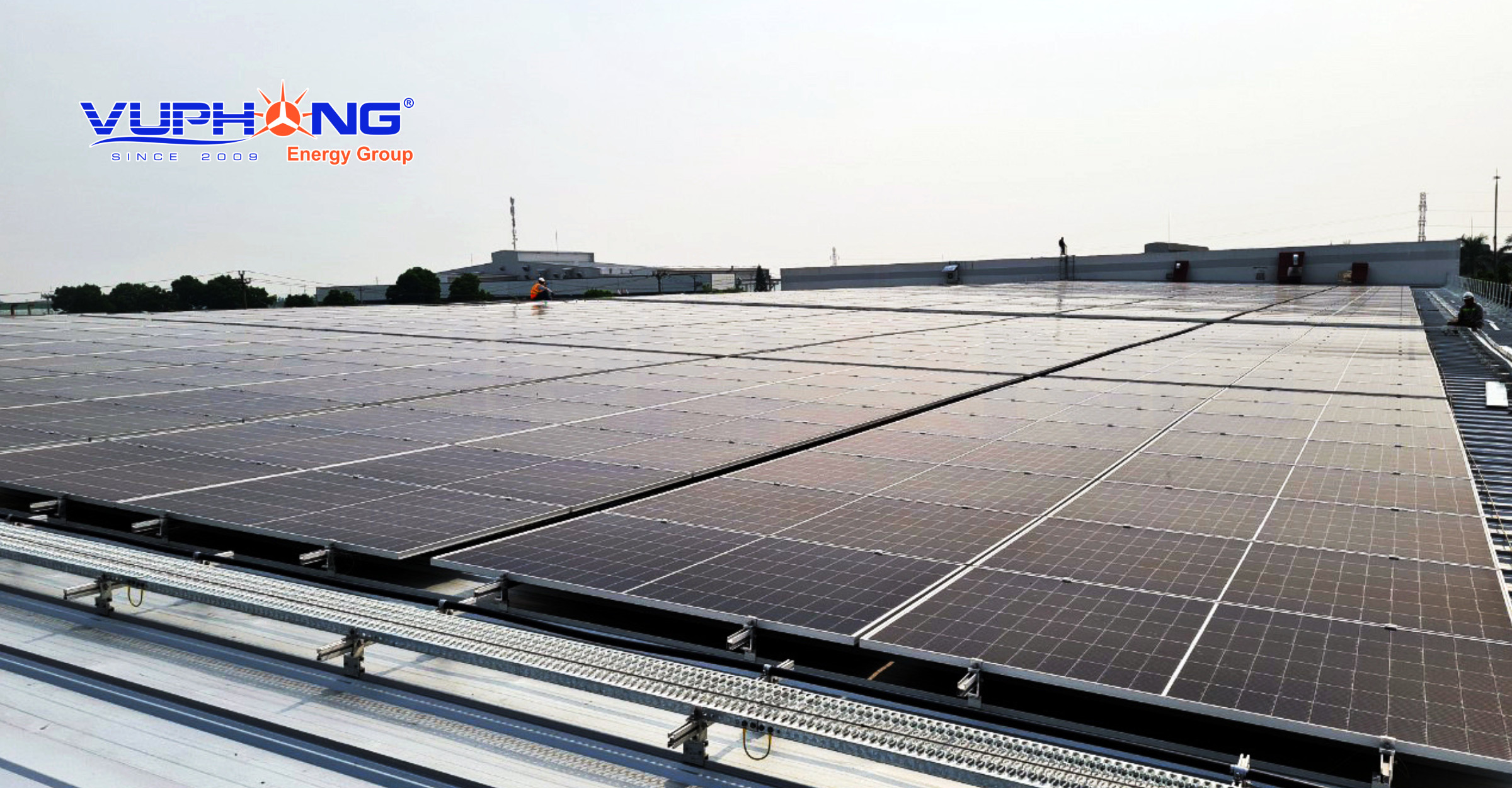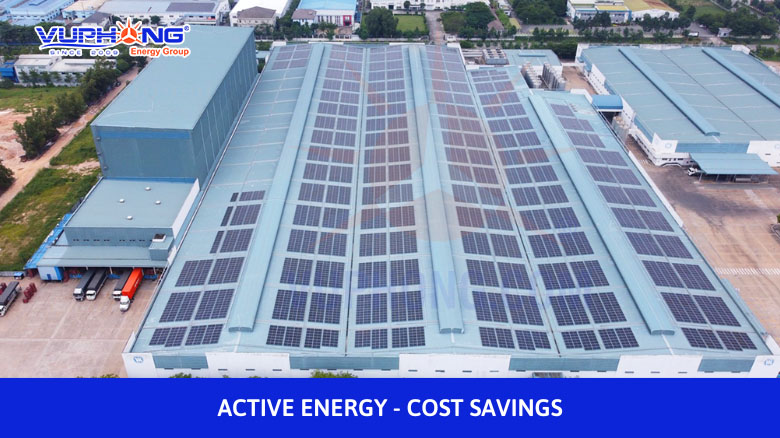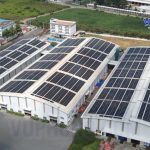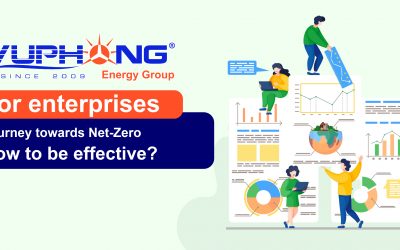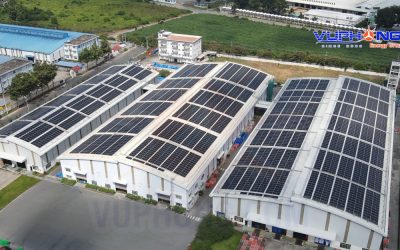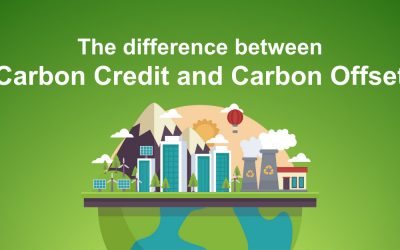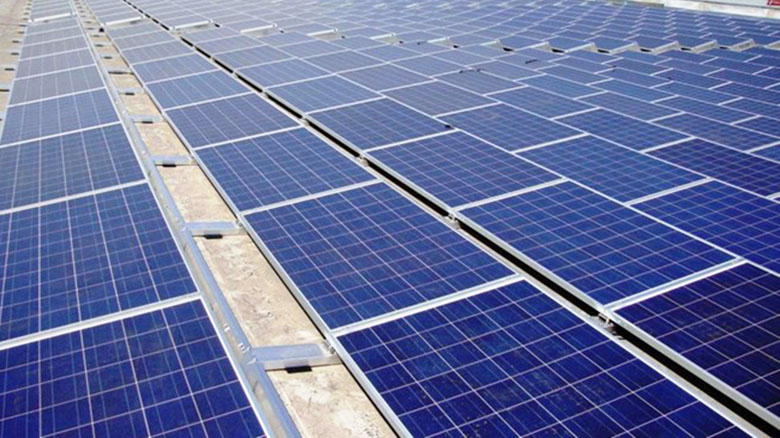
Harnessing the sun’s limitless energy, Solar for House initiatives in 2024 have transformed residential power consumption. With advancements in photovoltaic technology, homeowners are now empowered to not only diminish their carbon footprint but also enhance their property’s value and achieve energy autonomy. The installation of solar panels is no longer just an eco-conscious choice; it’s a financially savvy move, thanks to generous government subsidies and plummeting installation costs.
The Benefits of Solar Energy for Your Home
- Financial Savings: Embracing solar energy offers the potential for significant savings on energy expenses. By generating electricity through solar panels, homeowners can notably decrease or even eliminate their monthly utility bills, providing long-term financial relief.
- Property Value Enhancement: Installing solar panels can elevate the value of your property. Studies indicate that homes equipped with solar panels tend to command higher selling prices than those without, making solar energy an attractive investment that not only benefits the environment but also boosts your home’s overall value.
- Energy Independence: Solar panels grant homeowners autonomy from fluctuating energy prices and grid outages. By producing their electricity, individuals gain greater control over their energy consumption, shielding their homes from escalating energy costs and ensuring a reliable power supply even during outages.
In 2024, the cost-effectiveness and environmental advantages of solar energy for residential properties continue to make it a compelling choice for homeowners looking to reduce their carbon footprint, save on energy expenses, and increase the value of their homes. With advancements in technology and decreasing installation costs, solar power is becoming more accessible and beneficial than ever before.
Essential Elements of a Home Solar System
Solar Panels: The system requires an adequate number of solar panels to absorb as much solar energy as possible. A typical home solar panel, when exposed to direct sunlight, produces about 300 watts in one hour. This means that on a normal summer day with 10 hours of sunlight, it can produce around 3000 watts or 3 kWh per day. However, this could vary depending on the number of hours of sunshine received during the day.
- Battery: The system requires a battery that can be charged by the solar power generated and can store electric power to be used at night. Batteries are typically used in off-grid systems.
- Inverter: The system needs an inverter to convert the DC power generated into AC power so that it can be used by the appliances or devices in the home.
- Cabling and Wiring: The entire home solar power system is interconnected with adequate and appropriate cabling and wiring to channelize the energy into a usable form.
Working of a Home Solar System
When sunlight falls on the solar panels, it gets absorbed by the PV cells. The silicon semiconductors in the cells convert the solar energy into electric energy through the PV effect. This electric energy, in the form of DC power, can directly charge the battery. The DC power in the battery is sent to an inverter which converts it into AC power. This AC power is now sent to the mains in the home which in turn can power all necessary applications.
In a home solar system, the PV cells are responsible for converting sunlight into electricity. These cells are made of silicon semiconductors that absorb solar energy and generate DC power. This DC power is then stored in a battery for later use. The battery is charged directly by the DC power from the PV cells.
The battery’s DC power is then converted into AC power by an inverter. AC power is the type of electricity that is used in most homes and is compatible with the electrical grid. The AC power from the inverter is sent to the home’s electrical system, which distributes it to various appliances and devices.
In summary, the working of a Solar for House system involves the conversion of sunlight into DC power by PV cells, storage of DC power in a battery, conversion of DC power into AC power by an inverter, and distribution of AC power to the home’s electrical system. This system allows homeowners to generate their own electricity from renewable sources and reduce their reliance on traditional energy sources.
Factors to Consider for Setting Up a Home Solar Power Plant
Before establishing a home solar power plant, several factors need to be taken into account. Here are the key considerations updated with the latest information as of 2024:
- Determining AC Power Requirement: To determine the AC power needed for the home, it is essential to assess the highest monthly electricity bill from the previous year. This bill indicates the total units of electricity consumed in that month. By dividing the units by the number of days in the month, you can calculate the daily consumption. For example, if the highest consumption was 450 units in November 2018, the daily consumption would be 15 units, equivalent to a requirement of 15 units per day. Each unit equals 1 kWh, representing the usage of 1000 watts in 1 hour.
- Calculating Solar Panel Quantity: The number of solar panels required to generate the necessary AC power should be calculated based on the daily consumption. For instance, if the home needs 15 kWh per day, the solar panels must generate 15000 watts of power in 1 hour. If a panel produces 3 kWh per day over 10 hours, then 5 solar panels would be needed to generate 15 kWh.
- Space Availability for Solar Panels: It is crucial to determine the space available to accommodate the required number of solar panels. This space could be on the rooftop or in the backyard, ensuring the panels receive ample sunlight. For example, if the home solar power plant needs 5 solar panels, the area required would be 88 square feet (assuming each panel is approximately 17.6 square feet). Most homes can allocate this space on their rooftop or backyard.
- Optimal Placement of Solar Panels:
Ideally, the solar panels should be positioned facing south to maximize sunlight exposure. This orientation helps in optimizing the absorption of sunlight by the panels, enhancing their efficiency in generating electricity.
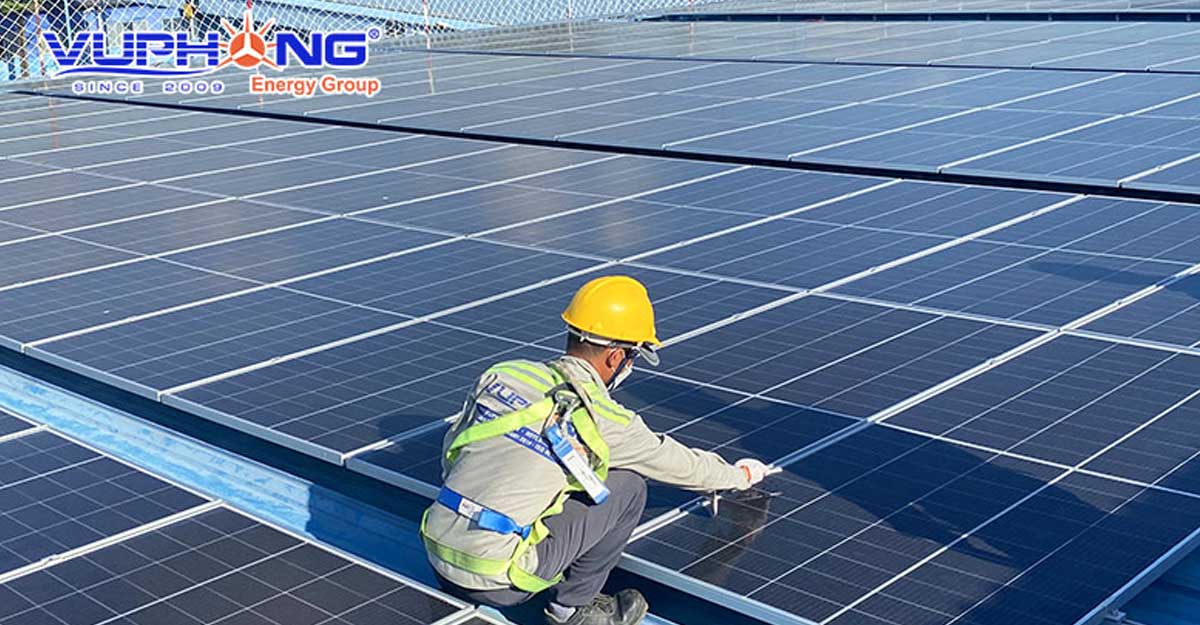
By considering these factors and the latest information available in 2024, individuals can make informed decisions when setting up a home solar power plant, ensuring efficient energy generation and utilization.
Cost of a home solar system
The cost of a home solar power plant depends on its size and type. There are two types of solar power plants: off-grid and grid-connected. An off-grid system is a stand-alone system not connected to the main grid. In this system, solar energy generated is stored in batteries (known as deep cycle batteries, different from the ones used in automobiles). The DC power stored in the batteries is converted into AC power by an inverter. A grid-connected system is one which does not use batteries but only an inverter. Typically, a grid-connected system is governed by a statutory policy involving ‘net metering’ wherein the system records the excess electric power generated over and above the usage by the home that is fed to the grid. In this system, the home user need not worry too much about calculating the size of the power plant as any excess power generated earns revenue and any shortfall is made up by grid supply.
The benchmark cost of a typical 1 kW off-grid system generating 4-5 units of electric power can vary between Rs 1 lakh and 1.25 lakh. Similarly, the benchmark cost of a similar grid-connected system is generally between Rs 75,000 and Rs 90,000. The difference is mainly because of the cost of deep cycle batteries in the off-grid system. An off-grid home solar system is an excellent cost-saving feature when planned properly and is capable of paying back the initial investment within the first 5 years of operation through savings in electricity bill. A grid-connected home solar system is both a cost-saving feature as well as a revenue earning system when planned with revenue earning as an objective. However, while off-grid home solar power plants are independent of the main grid, on-grid systems are subject to the regulations of the grid power supply provider. Thus, home users can choose an appropriate system depending on the circumstances prevailing in their localities.
In conclusion, solar energy offers a compelling solution for homeowners seeking to reduce their environmental impact, save on electricity bills, and potentially increase their property value. By carefully considering factors like power needs, space availability, and system type, homeowners can make informed decisions about installing a solar energy system and contribute to a greener future.
